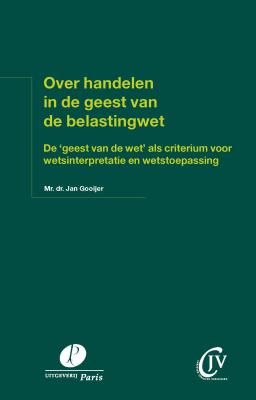The increase in the numbers of people applying for asylum in Europe has created a sense of crisis. The authors argue that what is experienced as the European refugee crisis is a crisis of European asylum and migration law and policy. The root cause of the problem is the enormous difference between member states. What is offered to refugees and who is protected differs for each member state.
According to the authors of this report, lessons can be learned from the sophisticated manner in which the Refugee Convention of 1951 seeks to balance the interests of refugees and those of receiving states.
Also available in LI Library and XPOSI-shop.
Prof. H. Battjes, dr. E.R. Brouwer, dr. C.H. Slingenberg and prof. T.P. Spijkerboer all work in the constitutional and administrative law department, section migration law of the VU University Amsterdam.
1 Introduction
2 Syrian refugee crisis: prohibition of refugee movement
3 EU’s response to the ‘refugee crisis’
3.1 Common European Asylum System: legal basis, purpose and substance
3.2 Dublin Regulation
3.3 European Migration Agenda of 2015
3.3.1 Relocation scheme
3.3.2 ‘Hotspots’
3.3.3 Common list of safe third countries of origin
3.3.4 European Border and Coast Guard proposal
3.3.5 EU-Turkey agreement
3.4 Flaws in current EU laws and policies
4 Historical analysis of refugee protection
4.1 Introduction
4.2 Earliest international instruments on refugees
4.3 Qualification for international protection
4.3.1 Refugee Convention
4.3.2 Alternatives for refugee protection
4.4 Substance of international protection
4.4.1 Rights of refugees under the Refugee Convention
4.4.2 Rights of refugees under the ECHR
4.5 Location of international protection
4.6 Conclusion
5 Lessons from Lake Success
Rede voorzitter Christen Juristen Vereniging
















